An Introduction to the Mallard Duck
The mallard, Anas platyrhynchos, is arguably the most recognizable duck in the world. Familiar to park‑goers, pond enthusiasts, and wildlife observers, this adaptable bird boasts a vibrant presence across North America, Europe, Asia, and introduced populations in Australia and New Zealand. More than just a pretty face, the mallard plays a crucial role in various ecosystems and holds a fascinating place in human history and culture.
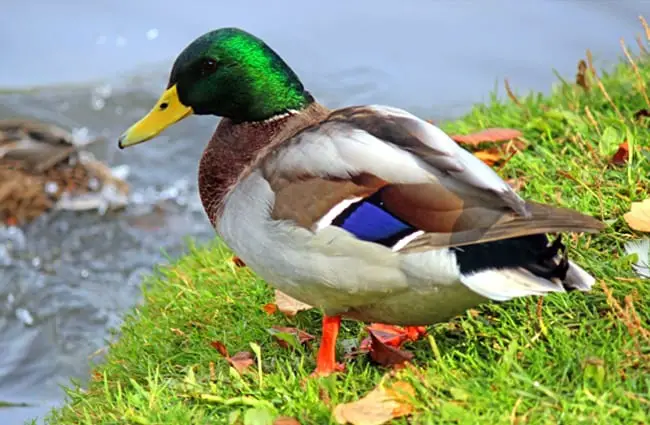
Identifying the Mallard
The male mallard is instantly recognizable by its glossy green head, bright yellow bill, white neck ring, and chestnut‑colored breast. Its gray flanks and black rear complete the striking pattern. Females, often referred to as hens, exhibit a more subdued mottled brown plumage that provides excellent camouflage during nesting. Both sexes possess the characteristic speculum – an iridescent patch of blue on the wing – a feature common to many duck species. Juvenile mallards resemble hens, gradually acquiring the male’s coloration as they mature.
Habitat and Distribution
Mallards are remarkably adaptable, thriving in a wide range of wetland habitats such as marshes, swamps, ponds, lakes, rivers, and even urban parks. They readily exploit both freshwater and brackish environments. Their distribution spans much of the Northern Hemisphere. North American mallards breed from Alaska and Canada south into the United States and Mexico. European populations extend across the continent and into western Asia. The adaptability of the mallard allows it to persist even in heavily modified landscapes, although pristine wetland habitats remain vital for its long‑term survival.
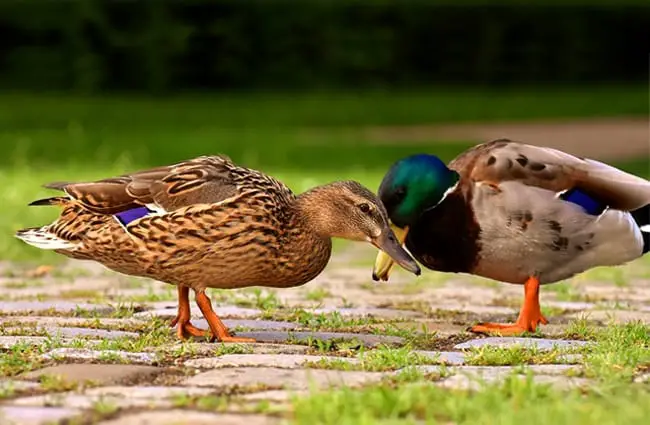
Diet and Foraging Behavior
Mallards are omnivorous, enjoying a diverse diet of seeds, grains, aquatic plants, insects, crustaceans, and mollusks. Their foraging behavior is opportunistic. They frequently tip up, submerging their bodies with the rear end elevated, to reach submerged vegetation and invertebrates. In agricultural areas, they may feed on waste grains in fields, occasionally leading to conflict with farmers. During the breeding season, increased protein intake from insects is crucial for egg production and chick development. They also readily consume human‑provided food, such as bread, though this can be detrimental to their health.
Reproduction and Life Cycle
Mallards typically form pair bonds during the fall and winter, though these bonds may not last for life. Courtship displays involve elaborate head bobbing, whistling, and mutual preening. Nesting usually occurs in early spring, often concealed within dense vegetation near water. The hen lays a clutch of eight to thirteen eggs, incubating them for approximately twenty‑eight days. Ducklings are precocial – they are relatively mature and mobile at hatching. They are covered in downy feathers and can swim shortly after birth. Ducklings rely on their mother for protection and guidance during the first few weeks of life. They fledge, developing flight feathers, at around thirty‑five to forty‑five days old.
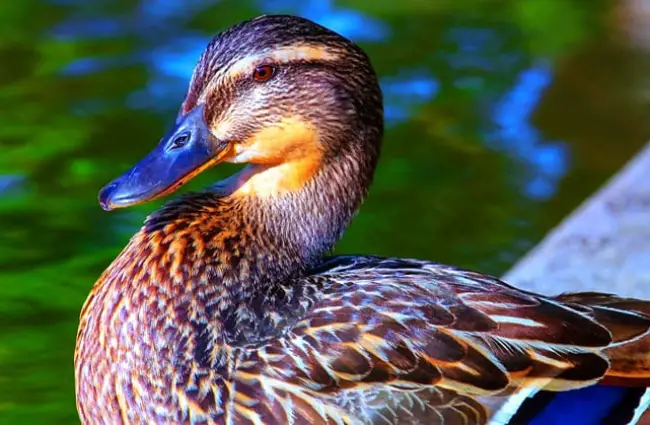
Ecological Role and Interactions
Mallards play an important role in wetland ecosystems. They help disperse seeds through their droppings, contributing to plant diversity. They serve as a food source for various predators, including foxes, hawks, owls, and eagles. They also contribute to nutrient cycling within wetlands. Mallards often coexist with other duck species, sometimes hybridizing with them. Competition for resources can occur, especially in heavily populated areas. Their presence is often used as an indicator of wetland health.
Mallards and Humans: A Complex Relationship
Mallards have a long history of interaction with humans. They were domesticated centuries ago and continue to be raised for meat and eggs. They are a popular game bird, hunted by many recreational shooters. Historically, mallard feathers were used for quill pens and insulation. In modern times, human activities have significantly altered mallard habitats, leading to both positive and negative consequences. Providing supplemental food can be problematic, leading to dependence and increased disease transmission. Conservation efforts focused on wetland restoration and protection are crucial for ensuring the continued health of mallard populations.
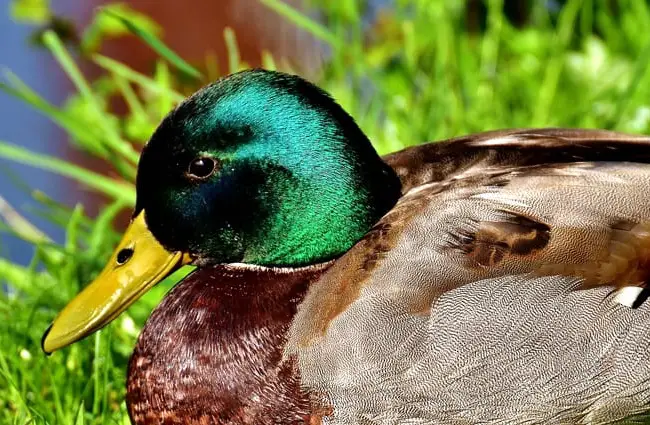
Advanced Mallard Biology
Evolutionary History
The evolutionary origins of the mallard trace back to the Anatidae family, which emerged during the Paleogene period. Fossil records suggest that early ancestors of modern ducks were likely wading birds. The mallard itself is believed to have diverged from other duck species relatively recently. Genetic studies reveal a complex history of hybridization and gene flow within the Anatidae family.
Behavioral Ecology
Mallards exhibit complex social behaviors, including dominance hierarchies and mate choice strategies. Females often select mates based on plumage brightness and display intensity. They also demonstrate extra‑pair copulation – mating with males other than their primary partner. Mallards are capable of long‑distance migration, utilizing a combination of visual cues, magnetic fields, and celestial navigation.
Physiological Adaptations
Mallards possess several physiological adaptations that allow them to thrive in diverse environments. These include a highly efficient respiratory system, waterproof feathers, and a specialized bill for filtering food from water. They also have a remarkable ability to regulate their body temperature in both hot and cold climates.
Encountering Mallards in the Wild and Captivity
If encountering a mallard in the wild: Observe from a distance. Avoid feeding them, as human food can be harmful. Keep pets leashed, as they may disturb or prey on ducks. Report any injured or distressed birds to local wildlife authorities.
For zookeepers or caretakers: Provide a spacious enclosure with access to both land and water. Offer a varied diet consisting of waterfowl pellets, aquatic plants, and invertebrates. Ensure the water is clean and well‑maintained. Provide enrichment items, such as floating vegetation and submerged logs. Monitor birds for signs of illness or injury. Prevent overcrowding and minimize stress.
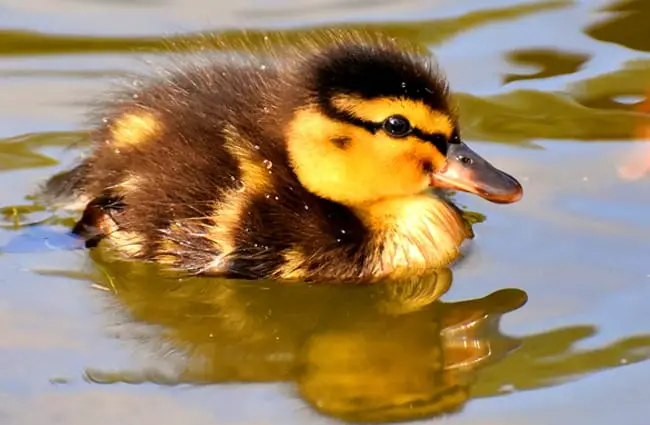
Fascinating Mallard Facts
- Mallards can fly at speeds of up to 60 km/h.
- The bill is equipped with lamellae, tiny comb‑like structures, that help filter food from water.
- Mallard eggs are surprisingly strong, capable of withstanding considerable pressure.
- The collective noun for a group of ducks is a paddling.
- Mallards are found on every continent except Antarctica.
The mallard duck is more than just a familiar sight. It is a testament to the adaptability and resilience of nature. From its vibrant plumage to its complex behaviors, the mallard continues to captivate and inspire. Understanding this remarkable species is vital for ensuring its continued survival in a changing world.

![Red Angus Closeup of a beautiful Red Angus cowPhoto by: U.S. Department of Agriculture [pubic domain]https://creativecommons.org/licenses/by/2.0/](https://animals.net/wp-content/uploads/2020/03/Red-Angus-4-238x178.jpg)
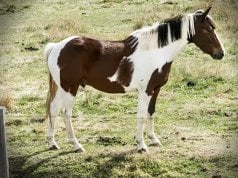
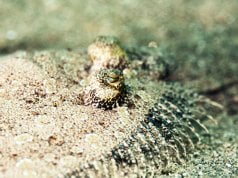
![Red Angus Closeup of a beautiful Red Angus cowPhoto by: U.S. Department of Agriculture [pubic domain]https://creativecommons.org/licenses/by/2.0/](https://animals.net/wp-content/uploads/2020/03/Red-Angus-4-100x75.jpg)

